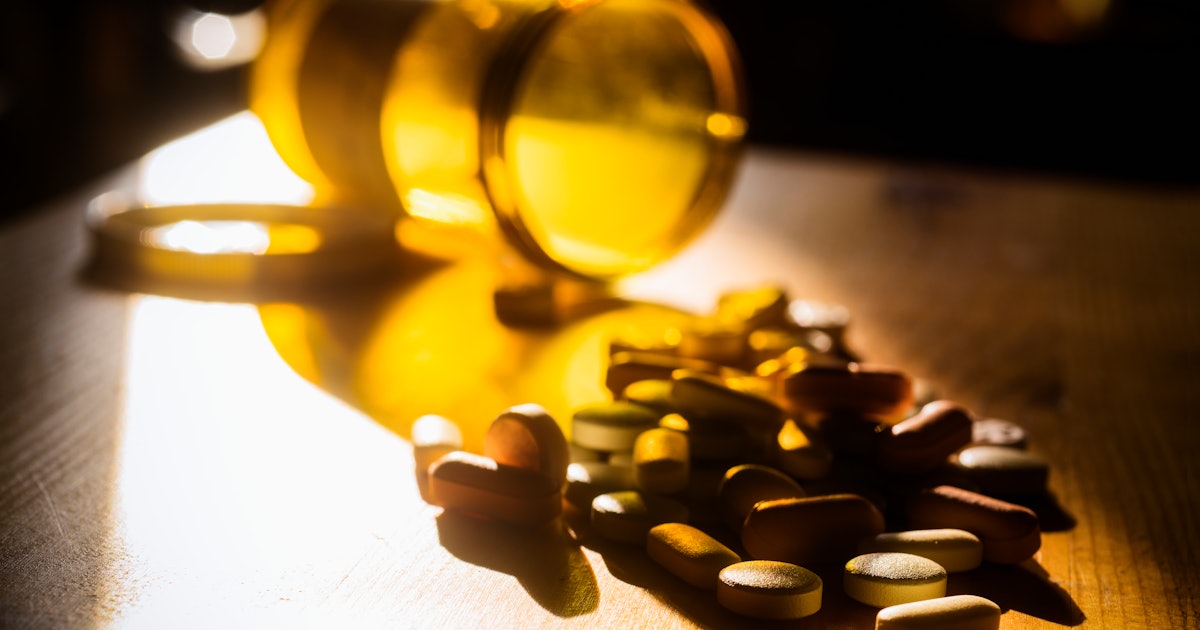
The typical acidity level of the average person’s body provides ideal conditions for morphine and fentanyl to become positively charged.
For conditions like arthritis and wound and postoperative pain, however, these drugs need to target only the diseased or injured areas of the body to provide pain relief.
One recently proposed solution focuses on the acidity difference between injured and healthy tissue.
Injured tissue is more acidic than healthy tissue due to a process known as acidosis, where lactic acid and other acidic byproducts produced by damaged tissue collect.
The drug would be biochemically active only at a higher acidity level than found in healthy tissue.
Adding a fluorine atom to fentanyl can make it less likely to be biochemically active in healthy body tissues.
Adding fluorine to fentanyl showed increased opioid activity in the more acidic conditions of injured tissue compared to healthy tissue.
In addition, it showed a decrease in the severe side effects associated with opioids, like addictive potential and abnormally decreased breathing rates, while still providing pain relief.
Adding a fluorine atom to morphine can make it less likely to be biochemically active in healthy body tissues.